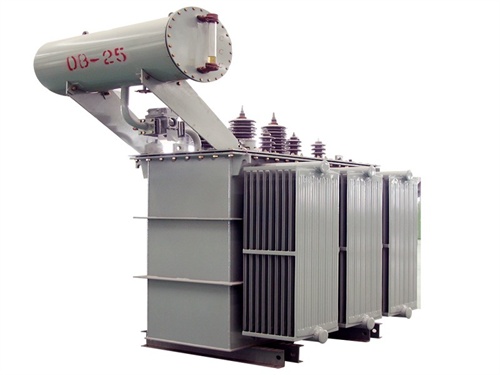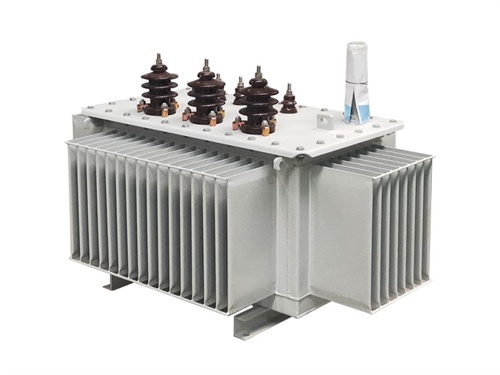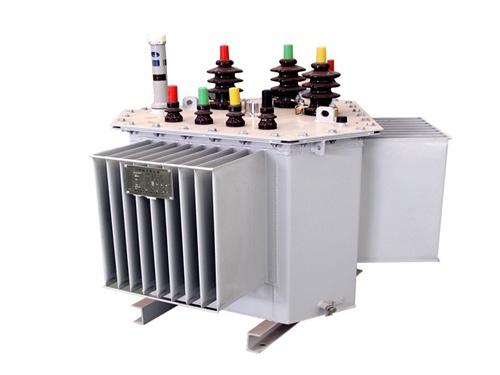

Inquiry

Project Review

Machining

Quality Control

Pass/Fail

Delivery
Core Points and Recommendations for the Procurement of Oil-Immersed Transformers
Core Points and Recommendations for the Procurement of Oil-Immersed Transformers
I. Clarify Procurement Requirements and Parameters
1. Capacity Matching
Select a capacity slightly higher than the currently calculated load (typically controlling the load rate at around 85%) based on the load type (e.g., industrial motors, commercial lighting, residential electricity) and future expansion needs. For example:
Seasonal loads (e.g., agricultural irrigation) require dedicated transformers.
Concentrated loads (e.g., data centers) are recommended to adopt multiple small-capacity transformers operating in parallel to enhance power supply reliability.
2. Voltage Level and Winding Configuration
Voltage Level: Choose the corresponding model according to the grid input voltage (e.g., 10 kV, 35 kV) and output voltage (e.g., 0.4 kV).
Winding Configuration: Double-winding transformers are suitable for conventional scenarios, while triple-winding transformers are used for complex power grids requiring multiple output voltages.
3. Energy Efficiency Grade and Losses
Prioritize transformers with Grade I or Grade II energy efficiency (e.g., S13, S20 series), which have over 20% lower comprehensive losses than Grade III efficiency transformers, resulting in significant long-term electricity cost savings.
Example: An S13-1250 kVA transformer reduces annual losses by approximately 12,000 kWh compared to an S11 series transformer (based on 8,000 hours of operation).


II. Key Technical Parameters and Selection
1. Cooling Method
Oil-Immersed Natural Cooling (ONAN): Suitable for scenarios with stable loads and low ambient temperatures (e.g., residential areas, small factories).
Oil-Immersed Forced Cooling (ONAF): Utilizes fans for forced heat dissipation, suitable for scenarios with fluctuating loads or high ambient temperatures (e.g., metallurgical and chemical industries).
2. Protection Grade and Materials
Protection Grade: Outdoor models should meet IP55 (dustproof and waterproof), while indoor models can opt for IP23.
Winding Material: Fully copper windings outperform copper-clad aluminum or aluminum windings (with a temperature rise 10–15°C lower and a lifespan 5–8 years longer), though they are 20%–30% more expensive.
Core Material: Selecting high-permeability silicon steel sheets (e.g., 30ZH120) can reduce no-load losses by over 15%.
3. Special Functional Requirements
Smart Monitoring: Integrate temperature sensors, oil level gauges, and partial discharge monitoring modules for remote monitoring and fault early warning.
Voltage Regulation Function: Non-excitation voltage regulation is suitable for scenarios with small voltage fluctuations, while on-load tap changers (OLTC) are suitable for power grids with frequent voltage fluctuations (e.g., renewable energy integration scenarios).


III. Supplier Selection and Cost Control
1. Manufacturer Qualifications and Scale
Prioritize original manufacturers with ISO9001 quality management system certification and power engineering construction general contracting qualifications (e.g., Jiangsu Tengxin, CEEG).
Conduct on-site inspections of production workshops to confirm the presence of core production capabilities such as iron core slitting lines, winding machines, and vacuum impregnation equipment, avoiding intermediaries or OEM products.
2. Price Composition and Negotiation Strategies
Raw Material Price Fluctuations: Copper accounts for over 70% of winding costs (recent copper price: approximately 68,000 yuan/ton), while aluminum costs about 20,000 yuan/ton. If the project is cost-sensitive, request copper/aluminum winding scheme comparisons from manufacturers.
Customization Costs: Non-standard voltages, special cooling methods, or smart functions can increase prices by 10%–15%.
Bulk Purchase Discounts: For purchases of 10 or more units, negotiate for an 85% discount and request free installation guidance and commissioning services from the manufacturer.
3. Typical Price Reference (Based on 2025 Market Prices)
| Capacity (kVA) | Price Range (10,000 yuan) | Applicable Scenarios | |
|---|---|---|---|
| S11-M-250 | 250 | 2.3–3.5 | Residential areas, small commercial complexes |
| S13-M-630 | 630 | 5.8–7.2 | Medium-sized factories, hospitals |
| S20-1250 | 1250 | 9.0–11.0 | Large data centers, renewable energy power stations |
| S13-31500 (35 kV) | 31,500 | 72.0–90.0 | Power grid hubs, UHV projects |
IV. Procurement Process and Risk Control
1. Bidding and Contract Signing
Clearly specify technical parameters, delivery dates, and payment terms (e.g., 30% advance payment + 60% payment upon delivery + 10% warranty deposit).
Require manufacturers to provide third-party test reports (focus on resistivity, temperature rise tests, and partial discharge data).
2. Inspection and Installation
Upon arrival, inspect the appearance (no oil leakage, rust) and nameplate information (consistent with the contract).
Conduct DC resistance tests, transformation ratio tests, and insulation resistance tests before installation to ensure equipment performance meets standards.
3. After-Sales Service Guarantee
Prioritize manufacturers offering a warranty of 3 years or more (with lifetime maintenance for core components).
Require 24-hour response for fault repairs and clarify the supply cycle for spare parts (e.g., winding or core replacement within ≤48 hours).

The main products include oil immersed transformers, dry-type transformers, power transformers, amorphous alloy transformers, mining transformers, box type substations, high and low voltage switchgear and supporting products
Add: South Head of Mount Huangshan Road, Liaocheng Development Zone, Shandong, China
Email:sdbyqcj@163.com
Tel: +86 13706354419